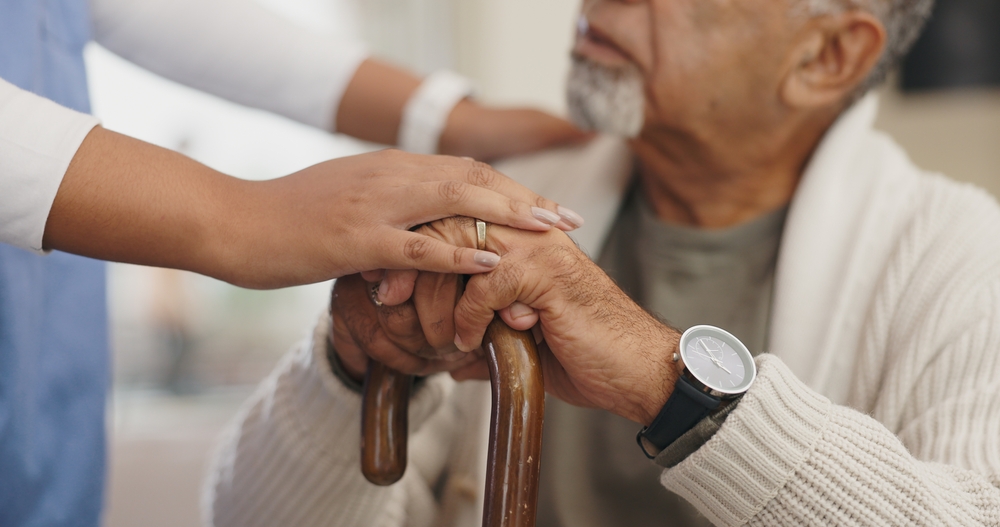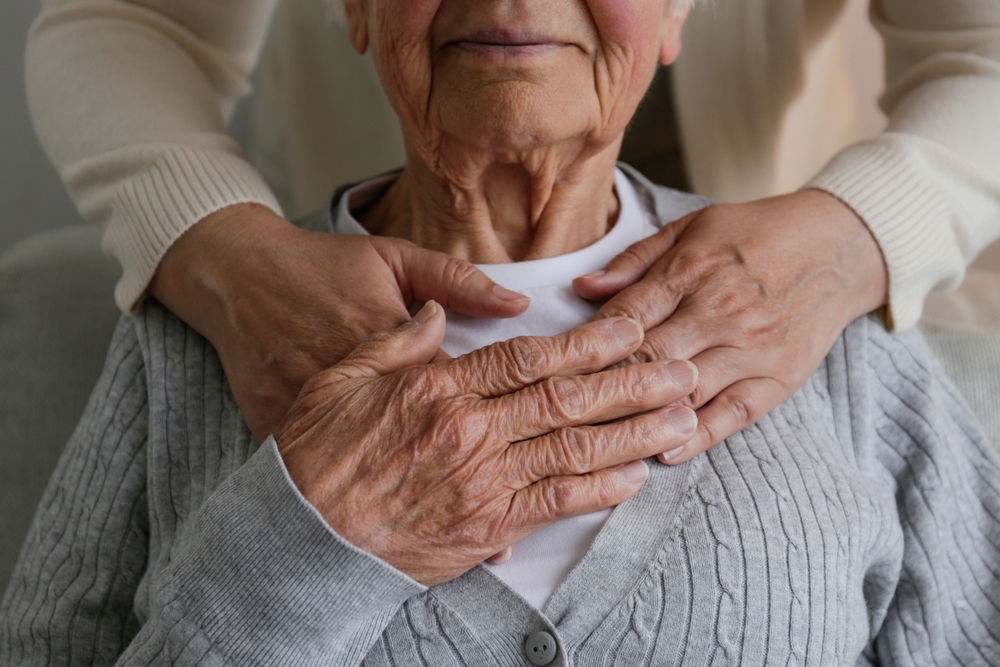Harnessing data-led approaches to patient safety: a case study

Jonathan Webb, Head of Safety and Learning at NHS Wales, relates two data-led approaches aimed at reducing avoidable harm and litigation costs across Wales, demonstrating the success of unified and standardised approaches to patient safety.
NHS Wales faced growing challenges in improving patient safety and reducing harm across its healthcare system. Rising litigation costs, inconsistent training, and fragmented data across health boards limited the ability to identify trends and implement evidence-based improvements. Specific issues, such as preventable harm in maternity services and the lack of a unified approach to handling incidents, complaints, and claims, highlighted the need for systemic solutions.
These challenges created opportunities to:
- Implement a unified training programme to improve outcomes in maternity services (PROMPT Wales).
- Develop centralised data systems to connect incidents, complaints, and claims and workforce data, enabling shared learning and improvements (Once for Wales Concerns Management System).
The solutions
PROMPT Wales
This initiative introduced a structured, multi-professional training programme for maternity teams across NHS Wales. Designed to improve safety, teamwork, and communication, PROMPT Wales delivered:
- Standardised, scenario-based training for all staff.
- Data-informed guidance to address identified risks, such as postpartum haemorrhage.
- Comprehensive engagement, with 93 per cent of maternity staff trained within a year.
Once for Wales Concerns Management System (OfWCMS):
Led by the Welsh Risk Pool, part of NHS Wales Shared Services Partnership, this platform centralised incident, complaint, and claim management across all health boards. By unifying disparate systems:
- Data could be analysed holistically, identifying trends across complaints, incidents, and claims.
- Integration ensured consistent national approaches to handling patient concerns and improving quality of care.
Collaboration between healthcare teams, Welsh Government, and RLDatix ensured that initiatives were implemented with consistency and aligned with national safety goals.
Scalability
The scalability of these initiatives lies in their structured and integrative approaches.
- PROMPT Wales: Its team-based training model and use of data can be adapted to other clinical specialities or regions. The methodology ensures alignment with local needs while maintaining national standards.
- Once for Wales: The centralised framework can be replicated in other healthcare systems to unify and optimise incident management, feedback collection, and data analysis.
Enablers:
- National buy-in and strong governance frameworks.
- Robust technology platforms for data collection and integration.
- Proven impact, such as measurable safety improvements and cultural change.
Constraints:
- Initial investment in technology and training.
- Variation in local infrastructure and staff capacity.
- Need for sustained leadership and stakeholder engagement.
Evidence of success
PROMPT Wales, along with the sheer hard work of staff within services, delivered significant clinical improvements:
- 33.8 per cent reduction in severe postpartum haemorrhage (≥2500mL).
- 43.5 per cent reduction in term APGAR scores <7 at 5 minutes.
- Enhanced safety culture, as evidenced by improved staff safety attitude scores.
Once for Wales outcomes included:
- Uniform data collection across all health boards and trusts.
- Real-time insights into patient and staff feedback, enabling proactive safety measures.
- Improved learning from incidents and claims, contributing to better service quality and reduced harm.
Quantitative data from PROMPT Wales shows statistically significant improvements in clinical outcomes (P-value <0.0001). Feedback from OfWCMS users highlights enhanced decision-making due to integrated data systems.
Lasting benefits
Patients receive safer care and improved health outcomes across maternity and broader services.
Staff benefit from greater confidence, reduced stress, and better training support.
Systems benefit from enhanced efficiency, reduced costs, and a model for future healthcare improvements.








